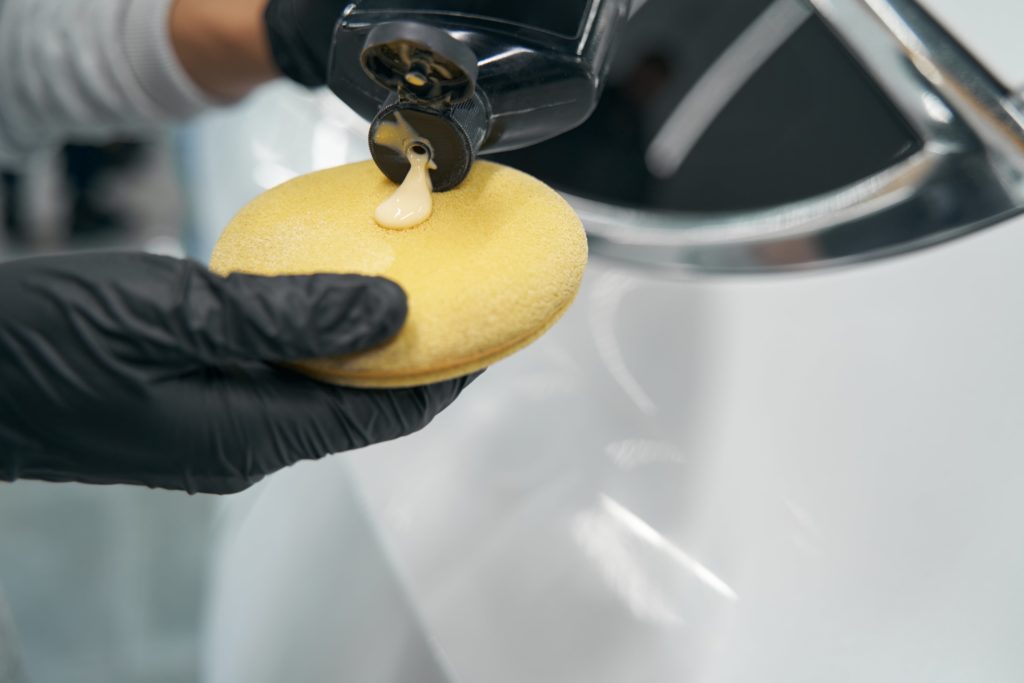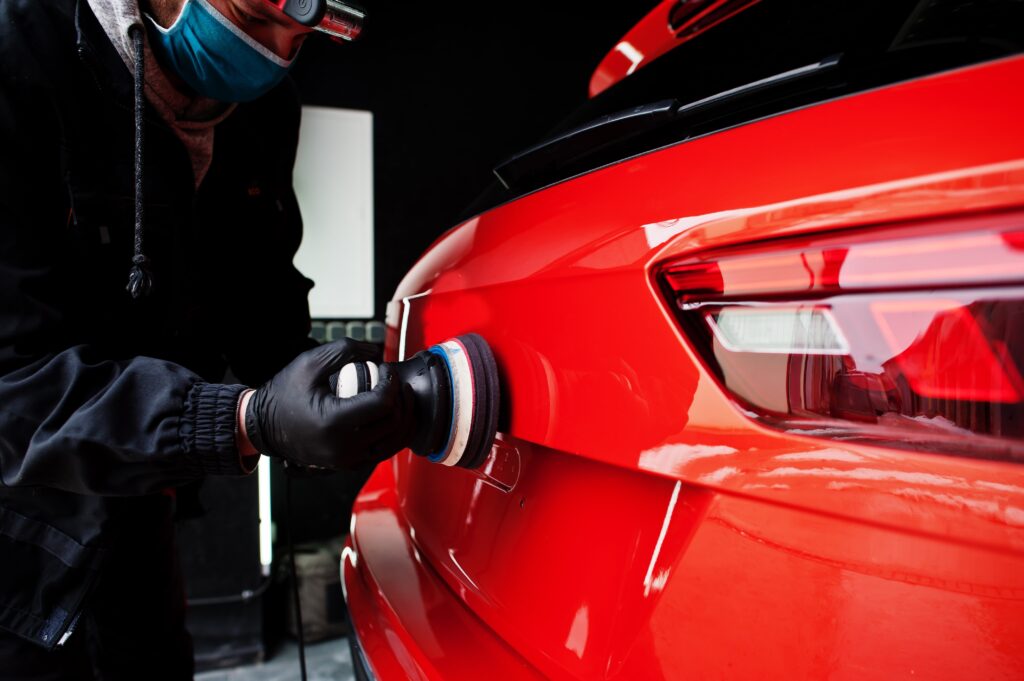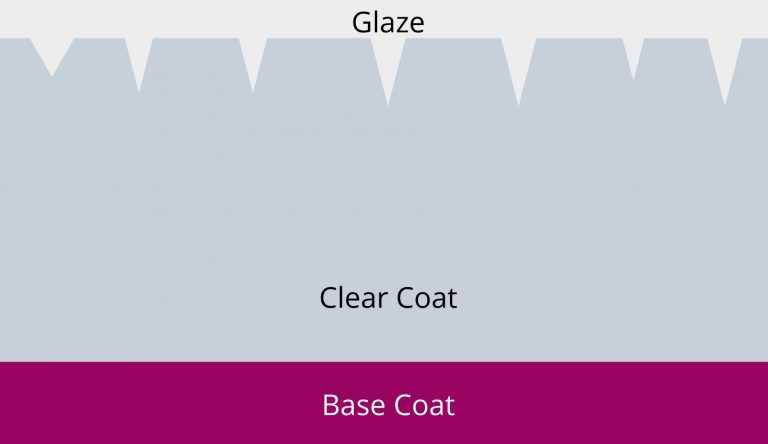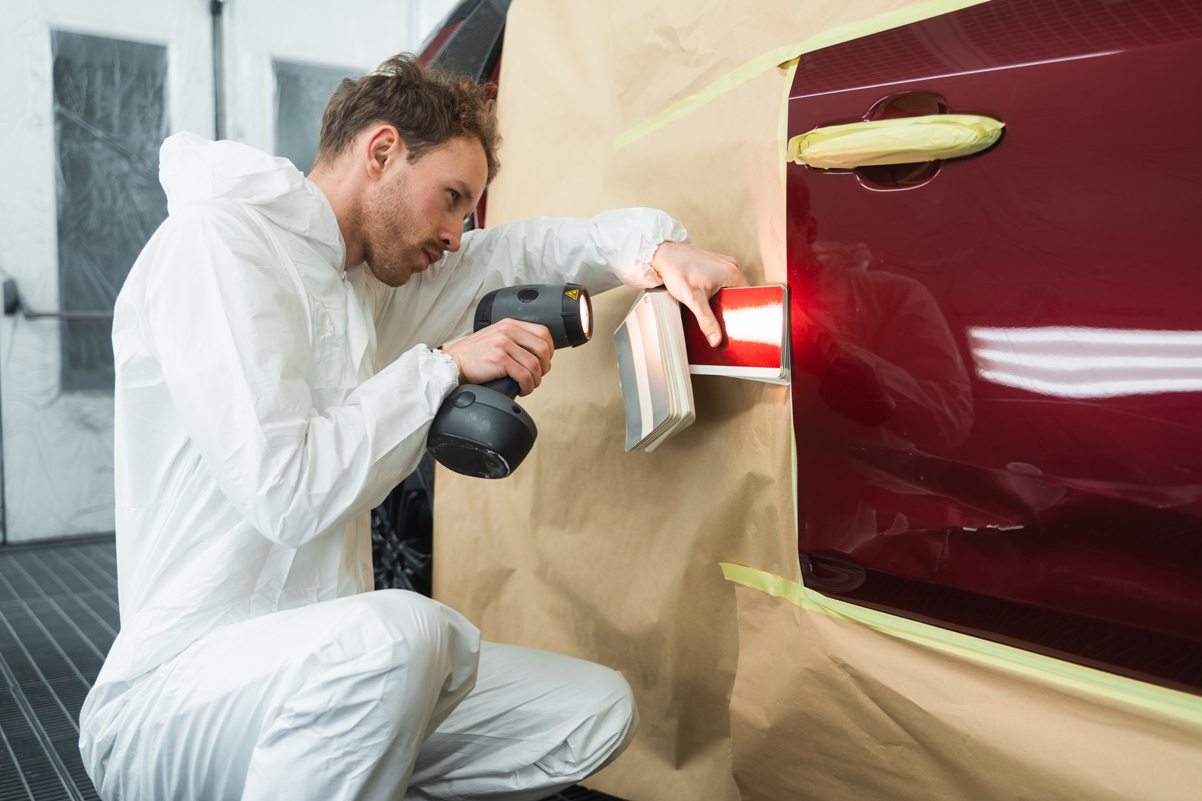Even if English is your mother tongue, different detailing terms may confuse you. What shall I use to increase the gloss of my car? Is wax and sealant the same thing? Does polishing glaze remove scratches? For these and other questions we will try to answer in this article. Note that besides waxes, sealants and glazes, there is another category of protection, this of ceramic and graphene coatings. Yet ceramic coatings are primarily designed for the professional use, so in this article we will cover solutions for both professionals, but also available for car enthusiasts.
Wax, sealant, and glaze are three different types of products used in automotive detailing to protect and enhance the appearance of a vehicle’s paint. Each of these products serves a distinct purpose and has its own set of characteristics and advantages. Here’s a breakdown of the key differences between wax, sealant, and glaze, as well as their downsides.
Natural waxes benefits:
-
- Wax is a natural or synthetic product that provides a protective layer over the vehicle’s paint.
- It typically contains natural carnauba wax, beeswax, or montan wax. Carnauba wax is known for its deep, warm shine. Montan wax is a hard, brittle, lustrous wax extracted from lignites (brown coal), and provides good and more economic alternative to carnauba waxes.
- Wax provides a warm and deep, glossy finish and enhances the color of the paint.
- It offers moderate durability, usually lasting 4-8 weeks, depending on environmental factors and driving conditions.
- Wax provides some protection against UV rays, oxidation, and minor contaminants, such as water spots and bird droppings.
- It is easy to apply and remove, making it a popular choice for DIY enthusiasts.
Natural waxes downsides:
- All natural waxes have relatively low melting temperatures, and, therefore their durability is very limited.
- Carnauba type of wax is quite expensive, due to the limited supply from South America.
- Vehicles protected by natural waxes must be washed only with pH neutral shampoos, otherwise they will be easily removed by more aggressive products.

Sealants benefits:
-
- Paint sealants, also known as synthetic sealants, are typically made from synthetic polymers or acrylic compounds.
- Sealants offer longer-lasting protection compared to wax, with durability ranging from 3-6 months up to 12 months.
- They provide a high level of UV protection, which helps prevent paint fading and oxidation.
- Sealants create a deep and reflective shine, although some enthusiasts argue that it may not be as warm and rich as a high-quality carnauba wax.
Sealants downsides:
-
- Application can be a bit more involved than wax, as they often require more precise application and longer curing times.
- Difficult removal if applied incorrectly.
- Sealants with extended durability are expensive.

Glazes benefits:
-
- Glazes are designed primarily for enhancing the appearance of the paint rather than providing long-term protection.
- They are typically used as a pre-wax or pre-sealant treatment and can be applied before wax or sealant to enhance the depth and clarity of the paint.
- Glazes contain oils, polymers, or fillers that temporarily mask minor imperfections in the paint, such as fine scratches and swirl marks.
- They provide a wet, glossy look that can make the paint appear as if it’s “dripping” or “wet.”
Glazes downsides:
-
- Glazes are not known for their longevity, with their effects lasting from a few days to a few weeks. They are often used for special occasions or car shows.
- Only minor swirls and scratches can be “masked” by glazes, while deeper imperfections will be still visible.
- Usually glazes provide little or no protection from UV rays, acidic rain or water stains.

Can we combine waxes, sealants and glazes?
To extend the durability of the glaze, and protect the paintwork, you should apply a wax over the top. This helps to seal the glaze in. However, keep in mind that applying a glaze underneath a wax will reduce the durability of the wax itself, because it is not able to bond to the actually paintwork.
This is more of an issue when using a sealant. If you apply a glaze underneath the sealant then the sealant cannot bond properly to the paint, which is very important to the application process. It is still possible to apply a glaze underneath a sealant, but it will dramatically affect the durability. If you usually get a lifespan of 6-12 months when you apply the sealant to bare paint, it may only last around 3 months when applied over a glaze.
Usually, it is recommended applying a glaze underneath a wax compared to a sealant, because the durability issues are not quite as dramatic since waxes tend to mix better with other products. Glazes on their own will last a couple of weeks. Whereas glazes applied underneath a wax or sealant usually last around 2-3 months before they need to be reapplied.
It is considered to be a rule of thumb that wax in general can only be a last coat either on sealant or glaze, and not vice versa. Wax of any origin is not stable as the first layer, therefore would compromise durability of any subsequent topping.

In summary, the choice between wax, sealant, and glaze depends on your specific detailing goals. If you want to protect your car’s paint for an extended period, a sealant is a good option. If you’re looking for a warm, deep shine, wax might be more appealing. On the other hand, if you want to temporarily enhance the visual appeal of your paint, a glaze can provide that “show car” look. In many cases, a combination of these products can be used to achieve the best of both worlds—protection and aesthetics.




